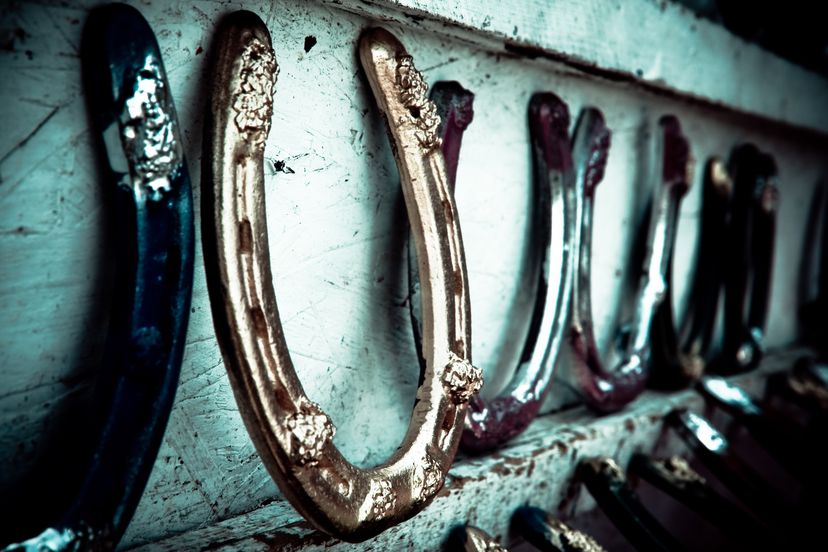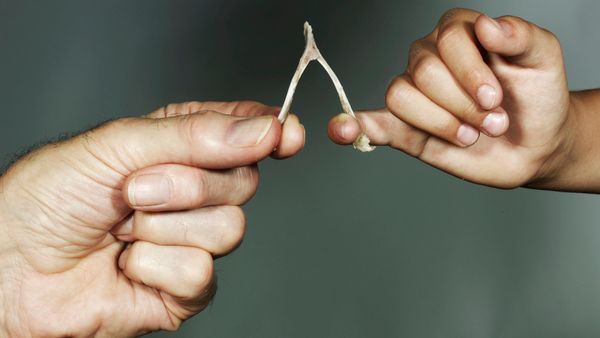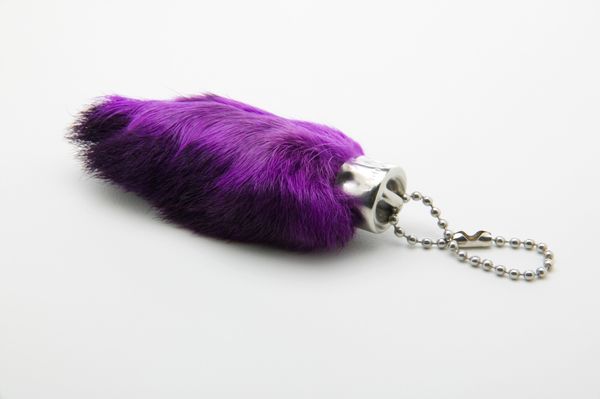
From four-leaf clovers to rabbit's feet, many symbols have been considered harbingers of good fortune throughout history. Among these, the lucky horseshoe stands out as a common symbol of luck and protection, even as beliefs and traditions change over time.
Often seen hanging in closed spaces like barns or stables, given to a newlywed couple, or, more recently, worn as jewelry, horseshoes are thought to bring good luck and protection. Over the centuries, several origin stories emerged about why people the world over believe in the luck of the humble horseshoe.
Advertisement


